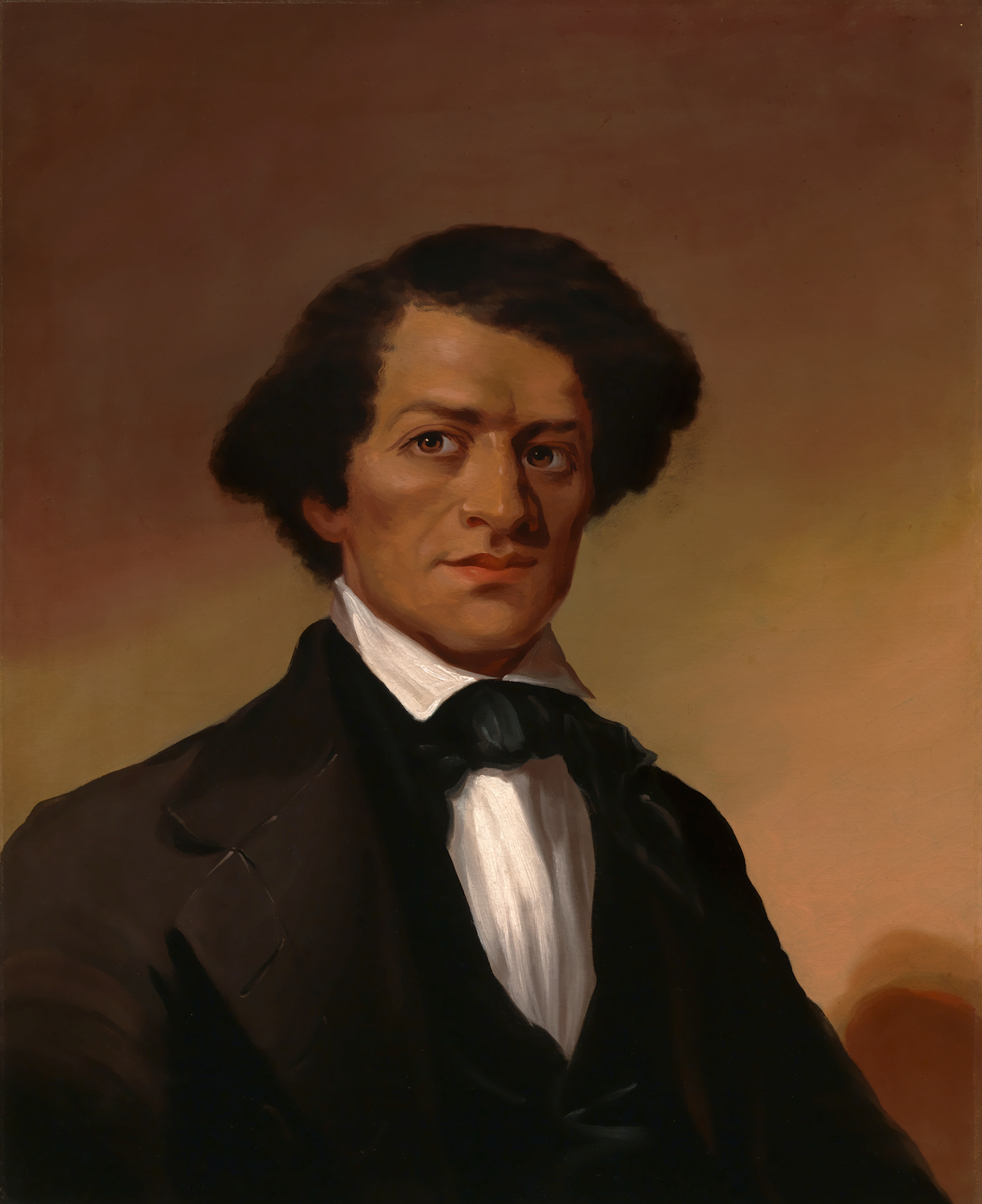[ad_1]
“One Life: Frederick Douglass,” a new exhibition at the Smithsonian National Portrait Gallery, explores the life and legacy of one of the 19th century’s most influential global writers, speakers, and intellectuals. The exhibition, which is rooted in Douglass’ love of photography, showcases more than 35 objects and will be on view until April 21, 2024.

“One Life: Frederick Douglass” is guest-curated by John Stauffer, Ph.D., Sumner R. and Marshall S. Kates Professor of English and African and African American Studies at Harvard University, and consulting curator Ann Shumard, National Portrait Gallery’s senior curator of photographs.
At age 14, Stauffer was given a copy of Douglass’ narrative, which he said was hard to read, but very powerful.
“That led me to my interest in abolitionism and activism in the civil war,” said Stauffer, who has authored several books about Douglass. “I was the first to really write about Douglass’ love of photography and words. He was essential to my dissertation and my first book, “Black Hearts of Men.”
Stauffer continued by explaining that Douglass believed photography was crucial to the fight for democracy. He strategically set out to correct the suffering Blacks experienced from slavery and any efforts geared toward tearing down the races.
Douglass incorporated descriptions of Blacks struggling in America in his writings, meetings with other abolitionists and public speaking.
“One Life: Frederick Douglass,” documents Douglass’ work for justice.
Douglass was the most photographed man during the 19th century. Even with that recognition, he was thinking about how he wanted to be seen.
“He knew a lot of photographers. He had his set of favorite photographers,” Stauffer said. “He engaged Black, white, and women photographers he felt would present him in a specific way.”
Consulting curator Shumard began working on the Douglass exhibition in January 2021. The process involved reviewing a list of pieces that would properly show the extent of Douglass’ mission with photography.
“The ‘One Life’ exhibitions really take a visual approach to charting the trajectory of a featured individual’s biography,” said Shumard. “Stauffer approached the layout as though representing chapters in a biography.”
There are seven subtitles that identify each chapter of the exhibition, beginning with enslavement and escape, then ending with the afterlife.
The afterlife section contains portraits of the Black leaders Ida B. Wells-Barnett, Booker T. Washington, W.E.B. DuBois and Langston Hughes, all of whom carried on Douglass’ legacy.
The National Portrait Gallery is located at 8th and G streets NW, Washington, D.C. To learn more about “One Life: Frederick Douglass,” and other exhibitions, connect with the museum at npg.si.edu and on Facebook, Instagram, Twitter and YouTube.
[ad_2]
